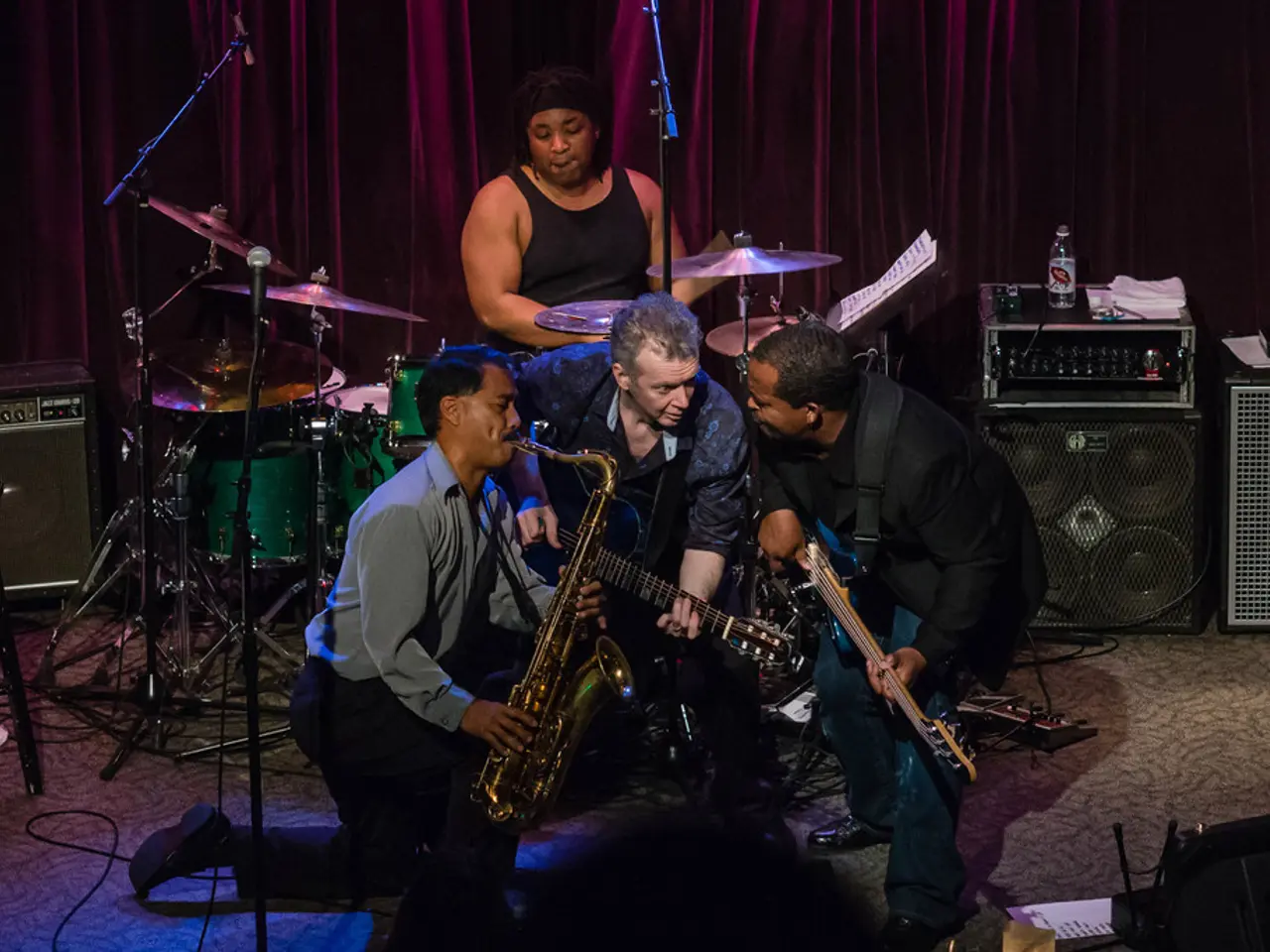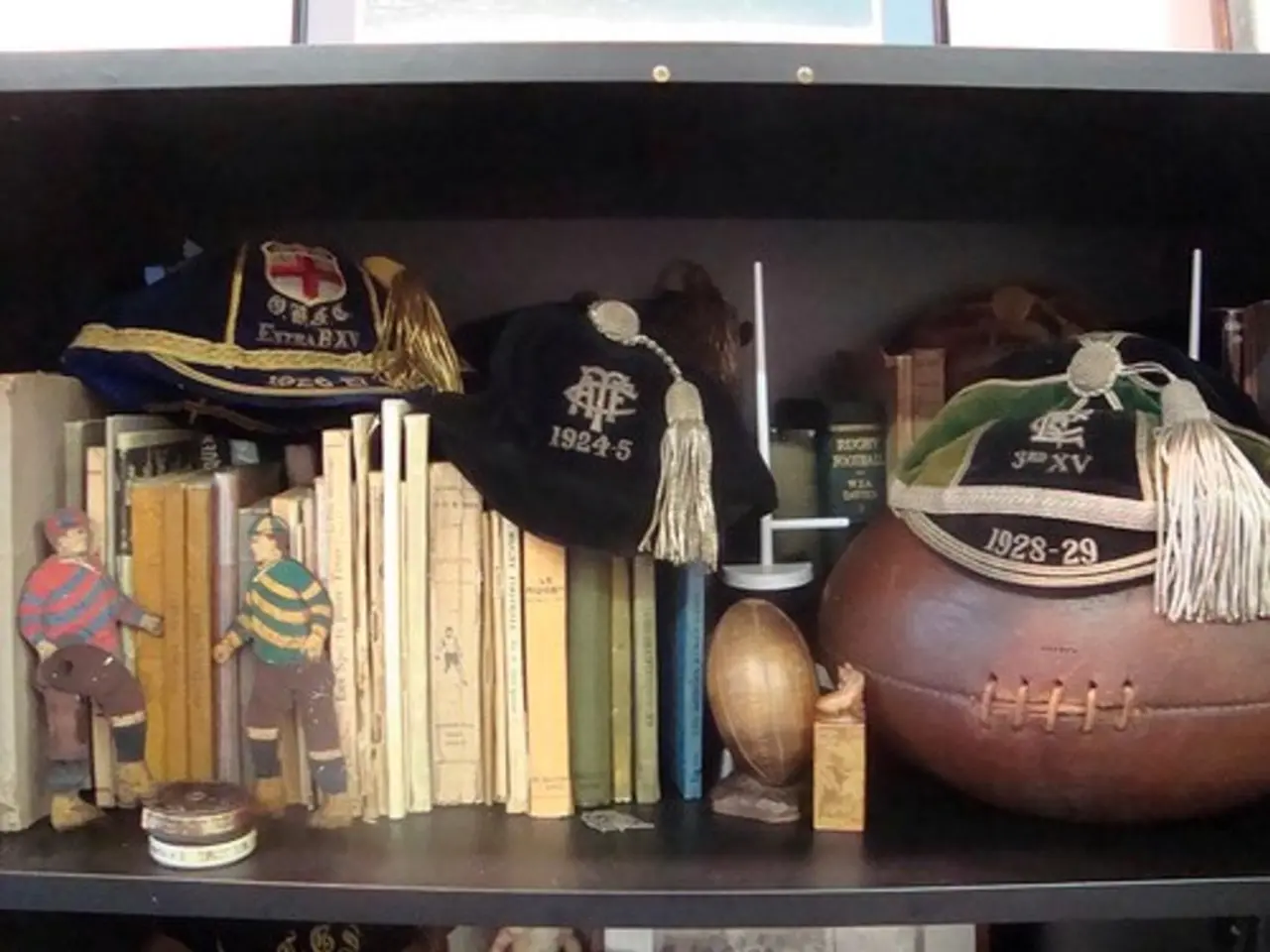Craig Anderton's Open Channel: Present Today, Fading Away Tomorrow?
In the ever-evolving world of technology, the issue of hardware obsolescence looms large, particularly in the music industry where many devices rely on software for their operation. Microsoft, for one, has prioritised backward-compatibility for software that runs on Windows, but this doesn't extend to all operating systems or hardware devices.
The challenge of ensuring compatibility for all hardware, across different platforms like macOS, Windows, and Linux, is a daunting task. The death date for older, niche hardware, especially those with developers not prepared for transitions, may approach sooner than expected.
However, there are strategies that manufacturers can adopt to ensure long-term product support and prevent premature obsolescence. One such approach is to design hardware with forward-compatible architectures that can support future software updates without requiring replacement components.
Establishing dedicated software update teams and infrastructure is another crucial step. This ensures ongoing firmware and software maintenance, providing essential security patches and feature enhancements to extend the life of products.
Partnerships with specialized ecommerce and software management platforms, such as Cleverbridge, used by Shure, can facilitate efficient management of software sales, licensing, updates, and compliance, making digital support scalable and user-friendly globally.
Clear communication with customers regarding software update policies and lifecycle plans is also vital. This builds trust and reduces frustration when support phases end.
Creating modular or upgradeable hardware designs allows components or software modules to be replaced or enhanced rather than discarding entire products. This aligns with long-term sustainability and customer loyalty goals.
Building strong customer loyalty programs that incentivise ongoing engagement and repeat business can facilitate smoother transitions across product generations and software versions.
While the technical measures for longevity are not explicitly detailed, the example of Shure's collaboration with Cleverbridge highlights the importance of integrated digital commerce and software lifecycle management as a strategic pillar for lasting hardware value and customer satisfaction.
Optional update subscriptions could follow a company's end of support, managing expectations by supporting only current operating systems. In some Software as a Service (SaaS) companies, the end-of-life death date for software can come when the cloud servers are shut down.
Fairness to both the consumer and the company is crucial. Ideally, music-related companies would commit to end-of-support dates for software, similar to Apple, Google, and Samsung's commitment to smartphone updates for at least five to seven years.
Releasing driver code for open-source development could be a solution, although it may be challenging for some to write necessary libraries. Transparent support promises are needed in the industry, providing buyers of expensive gear with more than vague promises like "this might work next year."
In the Golden Age of Gluttonous Greed, fairness to consumers and companies remains important. As we move forward, it is crucial for music-related hardware manufacturers to adopt a multi-faceted approach that integrates robust software strategies alongside hardware design to ensure the long-term viability of their products.
- In the face of analog technology's integration with modern entertainment, such as music, it is essential for manufacturers to design hardware with forward-compatible architectures that can adapt to future software updates.
- To prevent premature obsolescence and prolong the life of their products, music-related hardware companies should establish dedicated software update teams, infrastructure, and partnerships with specialized platforms for efficient management of software updates.




